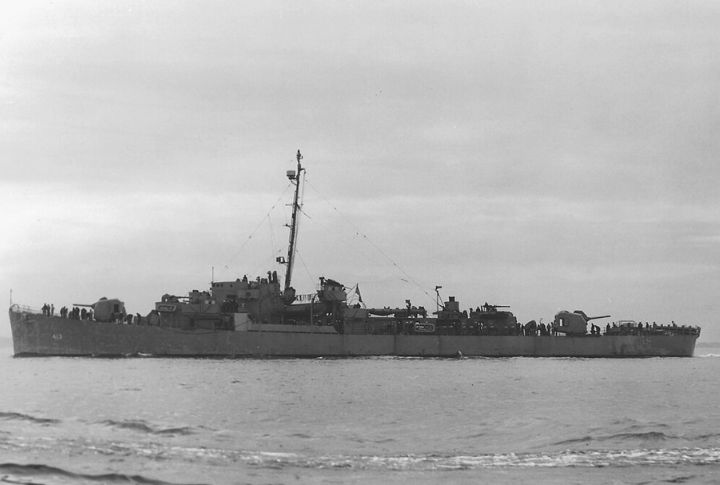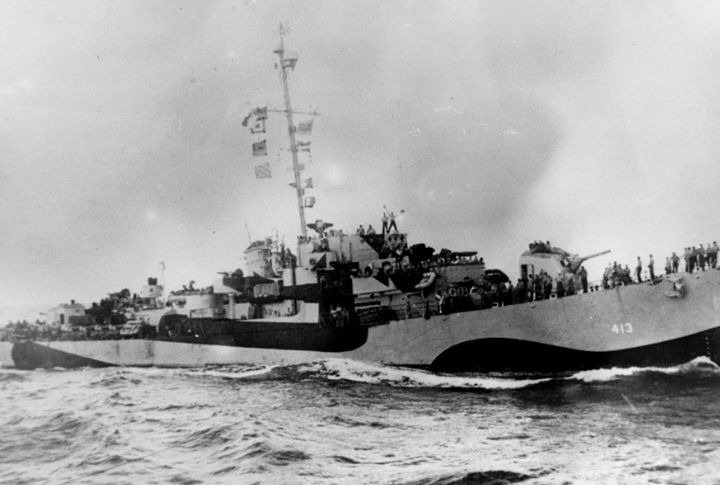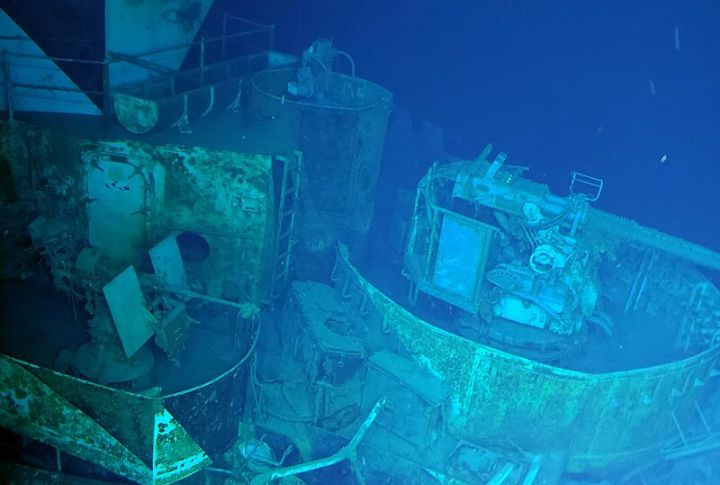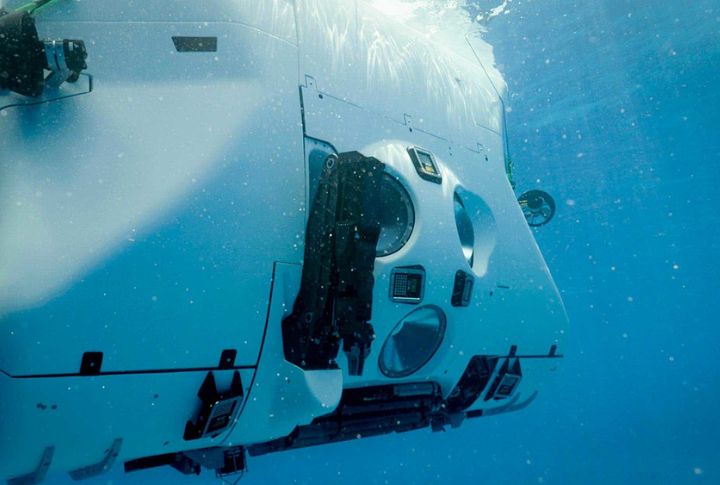
Beneath layers of saltwater silence, the USS Samuel B. Roberts sat forgotten. A hero of World War II, it went down fighting, yet no one expected to find it again, especially not this deep. What follows is the story of its discovery and the exact location where history and the ocean finally met.
The Ship That Refused To Quit

Nicknamed “Sammy B,” the USS Samuel B. Roberts was no giant. She was a destroyer escort with grit and an oversized will. In 1944, she squared up against a powerful Japanese fleet to shield U.S. forces at Leyte Gulf.
Heavily outgunned, she fought anyway. Her daring torpedo runs and aggressive maneuvers helped turn the tide during the Battle off Samar. She sank after a valiant stand but never faded from naval lore. Almost 80 years later, she resurfaces as the world’s deepest confirmed shipwreck: 6,895 meters down.
How It Was Found

The discovery came in June 2022, after modern explorers pushed the limits of human reach. Victor Vescovo and his team, operating from the deep-sea submersible “Limiting Factor,” located the wreck after several dives in the Philippine Sea. The hull still bore scars of battle: gun mounts frozen mid-aim, steel torn but proud. Despite decades of silence, its profile stood clear. It was unmistakably Sammy B.
The Depth

Forget everything about typical shipwreck finds. This one broke all the depth records: 4.28 miles beneath the surface. That’s 3,095 meters deeper than the Titanic. At that depth, the ocean is merciless. Temperatures hover near freezing, and pressure exceeds 680 times that of surface air.
Equipment risks imploding. Human error is magnified. That the Roberts was even located here speaks to the extreme engineering behind this mission. Most shipwrecks don’t rest this deep because few ships go down in such remote, dangerous waters, and even fewer teams are equipped to find them.
The Tools That Made It Happen

Deep-ocean discovery doesn’t happen with luck. The mission used the DSV Limiting Factor, a pressure-defying submersible made of titanium. Designed for full-ocean-depth exploration, it carried sonar arrays and high-definition cameras. Navigation relied on sound mapping, not sight.
At nearly 7,000 meters, no natural light exists. Victor Vescovo and sub-pilot Morizet piloted the Limiting Factor in person, enduring the crushing depths with support from the surface ship (the DSSV Pressure Drop). That this ship was found, intact, proves the blend of old history and modern tech can unearth what once seemed permanently lost.

